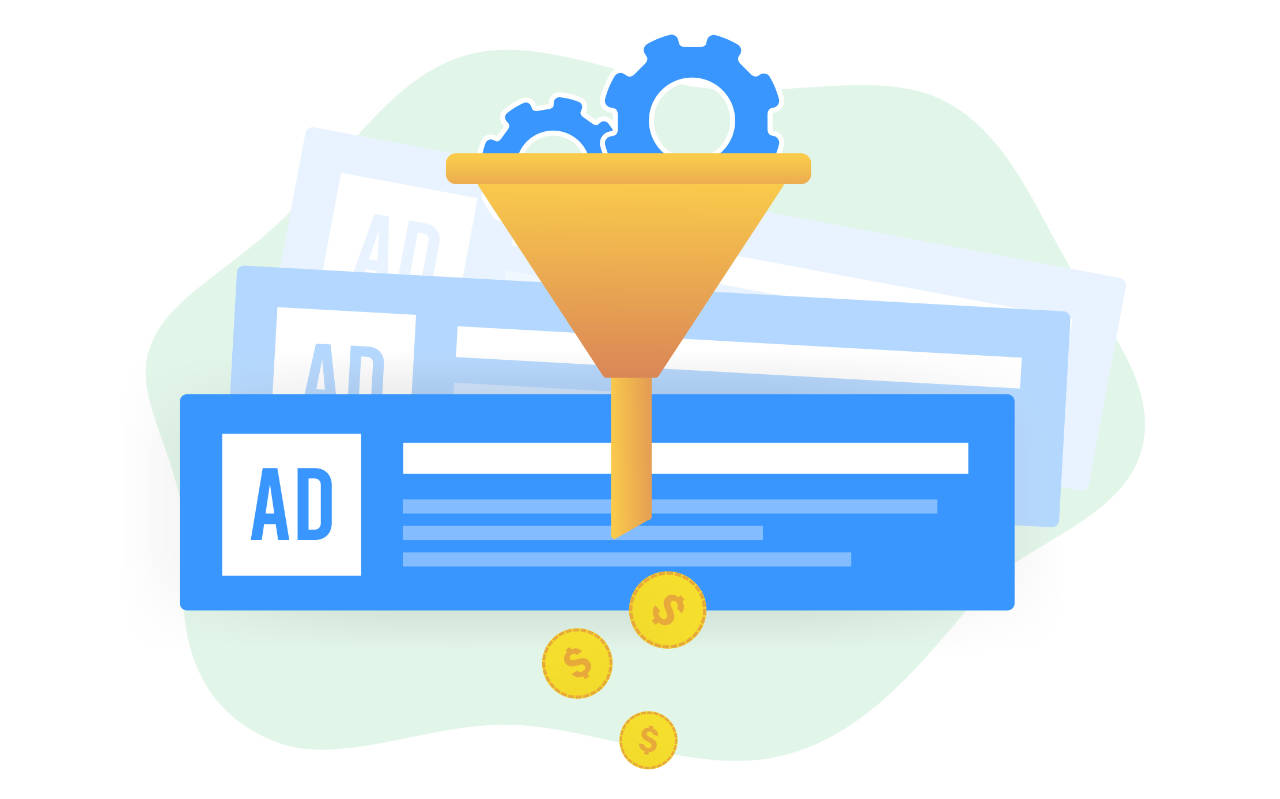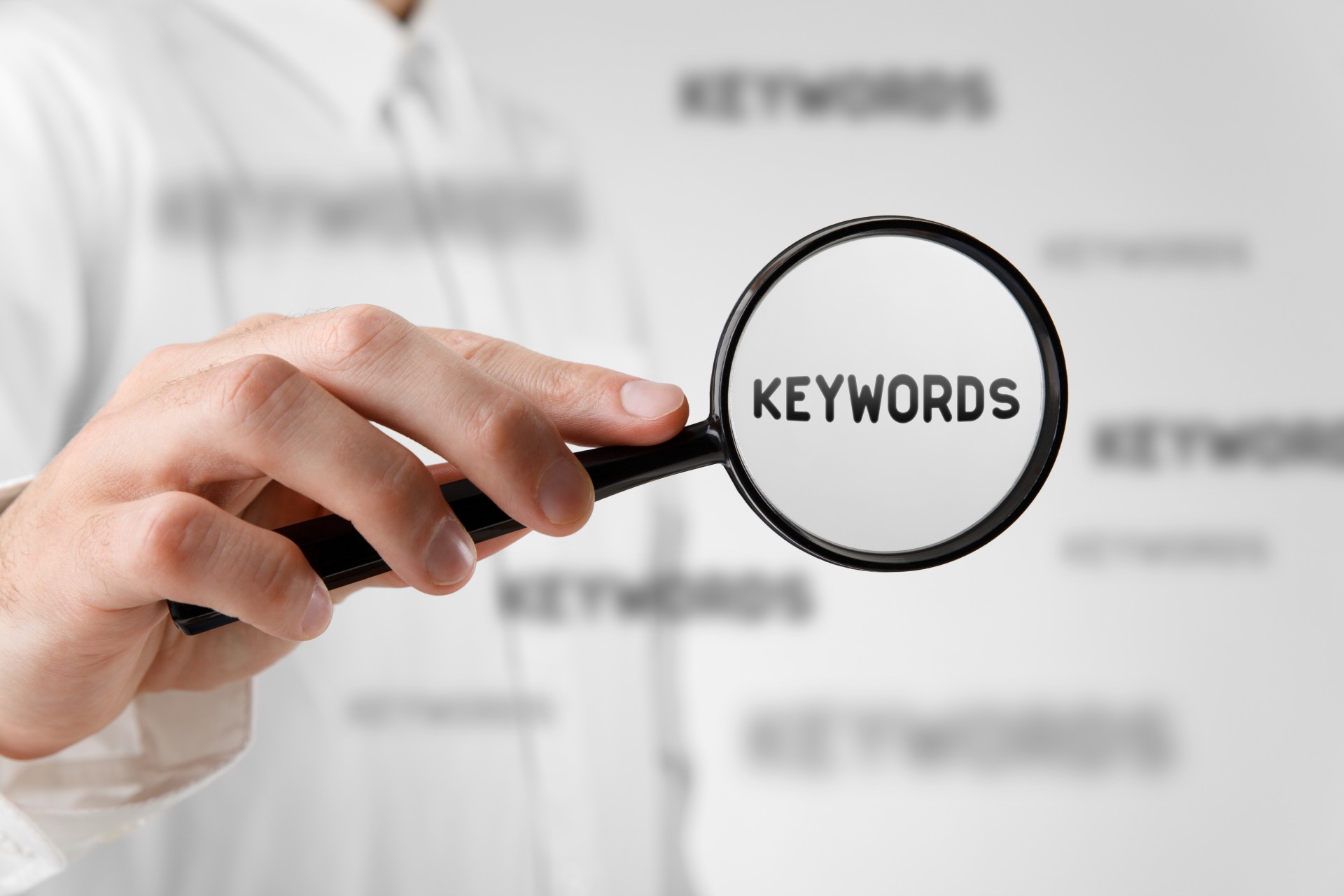When you start using pay-per-click (PPC) advertising for your brand, understanding key metrics like Average Cost Per Click (CPC) and Average Cost is essential for making the most of your marketing budget and maximising return on investment (ROI).
The average CPC for Google Ads varies by network and industry. For the search network (Google search results pages), it might be around $2.69 (£2.12), while for the display network (websites and apps), it could be about $0.63 (50p). But in highly competitive sectors such as legal services, CPCs can be £10-£15 or even more. This just proves how important it is to understand the metrics so you can competitive and make your campaigns cost-effective.
Read on for the definitions, differences, and practical applications of Average CPC and Average Cost.
What is Average CPC?
Average Cost Per Click (CPC) refers to the average amount you pay for each click on your ads. It is a vital metric for PPC campaigns, as it directly impacts your advertising costs and profitability. The formula for calculating Average CPC is straightforward:
Spend / Clicks = Average CPC
As an example, if your campaign spends £200 and generates 50 clicks, your Average CPC is £4.
This simple calculation can give you a vital insight into the efficiency of your ad campaigns.
Why is Average CPC important?
Understanding Average CPC helps to determine how much each user engagement costs. It’s important because high CPC values can drain your budget quickly, especially if your ads aren’t converting clicks into actions. But by analysing this metric, you can see the competitiveness of your chosen keywords and choose your bidding strategies wisely.
What affects Average CPC?
- Keyword competition – High-demand keywords, especially in competitive industries like finance or legal services, typically cost more.
- Quality score – Google Ads rewards ads with high relevance, compelling copy, and optimised landing pages by lowering CPCs.
- Ad Rank – Determined by your bid amount, Quality Score and ad extensions. A higher Ad Rank can lead to lower CPCs, making your campaign more cost-effective.
Knowing about these means you can manage your PPC campaigns effectively, so they are competitive and sustainable.
 What is Average Cost?
What is Average Cost?
Average Cost assesses the efficiency of your campaign by dividing the total campaign cost by the total number of interactions or conversions. Unlike Average CPC, it applies to various ad models, including Cost Per Thousand Impressions (CPM) and Cost Per Acquisition (CPA) models, so it’s a more comprehensive metric.
Campaign cost / Number of interactions or conversions = Average cost
As an example, if your campaign has a total cost of £500 and gets 100 conversions, the Average Cost per conversion is £5. This calculation provides advertisers with an overall view of their campaign’s financial performance.
Why is Average Cost important?
Average Cost provides a holistic perspective on your campaign’s efficiency. It helps you evaluate the cost-effectiveness of campaigns that involve multiple interaction types, such as clicks, form submissions or purchases. Track this metric and you can find areas for cost reductions to get better returns on your investment.
Practical applications
- Audience engagement – Track which ad sets deliver the best results at the lowest cost.
- Campaign scaling – Use insights to scale high-performing campaigns with low Average Cost.
- Diverse models – Evaluate CPM and CPA campaigns for broader efficiency.
Read our PPC glossary for a full list of terms you should know.
What are the main differences between Average CPC and Average Cost?
Understanding the differences between Average CPC and Average Cost is important for enabling you to make smart decisions in your PPC campaigns. While the metrics are often used interchangeably, they have different purposes and will give you different insights on your campaign’s performance.
Definition and scope
- Average CPC focuses exclusively on the cost of individual clicks on your ads. It is calculated by dividing the total cost of clicks by the number of clicks received.
- On the other hand, Average Cost encompasses all types of interactions, including conversions, impressions, and acquisitions. It provides a broader view of your campaign’s financial efficiency.
Focus areas
- Average CPC is particularly useful for evaluating the competitiveness and cost-effectiveness of keywords in a pay-per-click campaign. It allows you to refine bids and optimise keyword targeting.
- Average Cost gives an overall view of overall campaign efficiency, making it ideal for assessing the performance of campaigns that involve diverse interaction types, such as clicks and conversions.
Use cases
- Advertisers use Average CPC to identify high-cost keywords and adjust bids. For example, if a keyword has a high CPC but generates lots of conversions, it may still be worth the investment.
- In contrast, Average Cost is used to evaluate the total cost-effectiveness of campaigns across different advertising models. For instance, if a CPM campaign delivers a low Average Cost while maintaining high impressions and engagement, it may indicate strong performance.
While both metrics are important, they provide different levels of insight. Average CPC helps to show you opportunities to reduce costs at the keyword level, whereas Average Cost highlights areas where the overall efficiency of your campaign can be improved. Together, they offer a more comprehensive approach to campaign optimisation.
As an example…
Imagine a campaign where the Average CPC is £2, but the Average Cost per conversion is £5 – while clicks are relatively inexpensive, the cost per desired action is higher. This discrepancy suggests that you should focus on improving the landing page, ad copy, or targeting to reduce the Average Cost while maintaining an acceptable CPC.
 Lowering Average CPC
Lowering Average CPC
When it comes to PPC, keeping your Average CPC under control should be a key focus. Let’s face it – no one wants to blow through their budget on a handful of clicks, especially when there’s a smarter way to do things. Lowering your CPC doesn’t mean cutting corners or sacrificing performance. It’s about being strategic: honing in on high-intent keywords, improving your Quality Score and letting automation do the heavy lifting with smart bidding.
1. Target high-intent keywords
Long-tail keywords are specific phrases that typically have lower competition and attract users with a clear intent to convert. For example, instead of targeting a generic term like ‘shoes’, you could target ‘buy men’s running shoes size 10’. These keywords often make for higher conversion rates while reducing CPC because fewer advertisers are bidding on them.
Use tools like Google Ads Keyword Planner or SEMrush to identify long-tail keywords with low CPC and high relevance.
Read more about long-tail keywords.
Pro tip: Regularly review search term reports to uncover new long-tail keywords driving conversions for your campaigns.
2. Improve your Quality Score
Quality Score is a critical metric for your CPC because Google Ads rewards high-relevance ads and optimised landing pages with lower CPCs. A high Quality Score of 7 or above shows that your ad works well with user intent.
Steps to improve Quality Score include:
- Ad relevance – Your ad copy must be relevant to the user’s search query. So, create ad copy that directly addresses the user’s intent and uses targeted keywords. Your messaging should also be of interest, clearly outlining the value or solution your product or service provides.
- Landing page experience – Google evaluates the experience users have after clicking on your ad. Check that your landing pages are optimised for fast load times and mobile responsiveness, as these factors affect user satisfaction. Navigation should be clear and easy, guiding users toward your desired action, whether that’s filling out a form or buying a product.
- Expected click-through rate (CTR) – The likelihood that users will click on your ad is another aspect of Quality Score. To improve your CTR, use headlines that grab attention and strong calls to action (CTAs) that motivate people to act, such as ‘Shop Now’, ‘Get Your Free Quote’ or ‘Start Your Free Trial’.
Pro Tip: Keep an eye on Quality Scores at the keyword level to see which terms are bringing in the most traffic and conversions. Start by improving the Quality Scores of these high-impact keywords because even small tweaks can lead to big cost savings and better performance. Quality Score isn’t a set-it-and-forget-it thing – it needs regular updates to keep getting better over time.
3. Make smart bids
Automated bidding strategies like Target CPA (Cost Per Acquisition) and Maximise Conversions are great for cutting down Average CPC while still focusing on getting results. These strategies use machine learning to adjust bids based on the chance of getting conversions, not just clicks. By zeroing in on outcomes, they cut down on wasted spend and make your PPC campaigns more efficient.
The Target CPA strategy helps you hit a specific cost per acquisition. It balances your bids so the average cost per conversion matches your goals, whether that’s getting leads, sales, or sign-ups. This is handy for advertisers who need to keep to strict cost-per-conversion targets while keeping performance high.
Maximise Conversions, on the other hand, spends your budget on bids that are most likely to lead to conversions. It uses real-time data, like user behaviour and intent signals, to automatically tweak bids and go after high-probability conversion chances. This cuts down on spend for clicks that probably won’t convert, helping you get more for your money.
Pro Tip: Try using portfolio bid strategies to make campaign management easier and keep performance steady. These strategies let you manage multiple campaigns or ad groups with one bidding goal, like Target CPA or Maximise Conversions. By pulling your strategy together across campaigns, you can get more predictable results and save time on manual tweaks.
Improving Average Cost
Lowering your Average Cost isn’t just about spending less – it’s about spending smarter. By being more strategic with your budget and how your campaigns connect with audiences, you can get better results without raising costs. Here are three good tactics to help you improve your Average Cost and get more from your PPC campaigns.
1. Boost conversion rates
Your conversion rate is the biggest lever to pull to lower Average Cost. When more users take action after clicking your ad, the cost per conversion naturally drops. The key? A smooth user experience and hard-working landing pages.
Make sure your landing page does what your ad promises. If you say ‘Get 20% Off Today’, the landing page should back that up right away. Fast load times are a must (no one waits for slow pages), and the design should be clean, mobile-friendly, and focused on one CTA. Make them bold, clear, and impossible to ignore – think ‘Sign Up Now’ or ‘Claim Your Discount’.
Not sure where to start? Tools like Hotjar can show you how people navigate your landing pages. Heatmaps and session recordings will quickly show you where they drop off so you can fix those areas and guide them toward conversion.
2. Segment audiences
Why spend your budget on everyone when you can focus on the audiences that actually convert? Audience segmentation is the secret to getting the most value from your ad spend. By identifying and targeting high-performing demographics, locations or devices, you can improve efficiency and lower your Average Cost.
Start by looking into your audience data. Who’s converting? What regions or cities are doing better? Are mobile users more likely to take action than desktop users? Use insights from tools like Google Ads or Meta Ads Manager to spot these trends. Then, shift your budget to focus on these high-performing segments.
And don’t stop there. Look at custom audiences for even sharper targeting. Whether it’s retargeting users who’ve already visited your site or creating lookalike audiences that match your best customers, use what’s working and avoid what’s not.
3. A/B testing
Sometimes, you won’t know what works until you test it. A/B testing is your PPC campaign’s secret weapon for ongoing improvement. By experimenting with different elements – whether it’s your ad creatives, copy, or targeting – you can find out exactly what clicks with your audience and refine your strategy for better results.
Start with your ad creatives. You could test different headlines, images, or CTAs. Maybe your audience responds better to ‘Shop the Sale’ over ‘Save Now’ or prefers a video ad to static images. Then, move on to landing pages. Could tweaking your CTA placement make a difference? Would a simpler design or a more prominent offer boost conversions?
Remember – test one thing at a time. If you change too much, you won’t know what’s actually driving the results. Let each test run long enough to get solid data, then use those insights to fine-tune your approach.
Mastering Average CPC and Average Cost is all about working smarter, not harder. Regularly check your performance, test new ideas, and stick with what’s working. With a data-driven mindset and a focus on efficiency, you’ll be on your way to running cost-effective campaigns that deliver positive results.
If you need expert guidance to boost your PPC performance, Submerge can help.
Related Digital Marketing Resources
03/10/2025
What is Conversion Rate Optimisation (CRO)?
Conversion Rate Optimisation could be the missing link in your digital…
29/09/2025
What is Share of Search (SoS)?
Share of Search is the new SEO benchmark. Discover what it is, how to calculate…
26/09/2025
How to appear in featured snippets
Discover how to make your business the go-to source of trusted information with…


